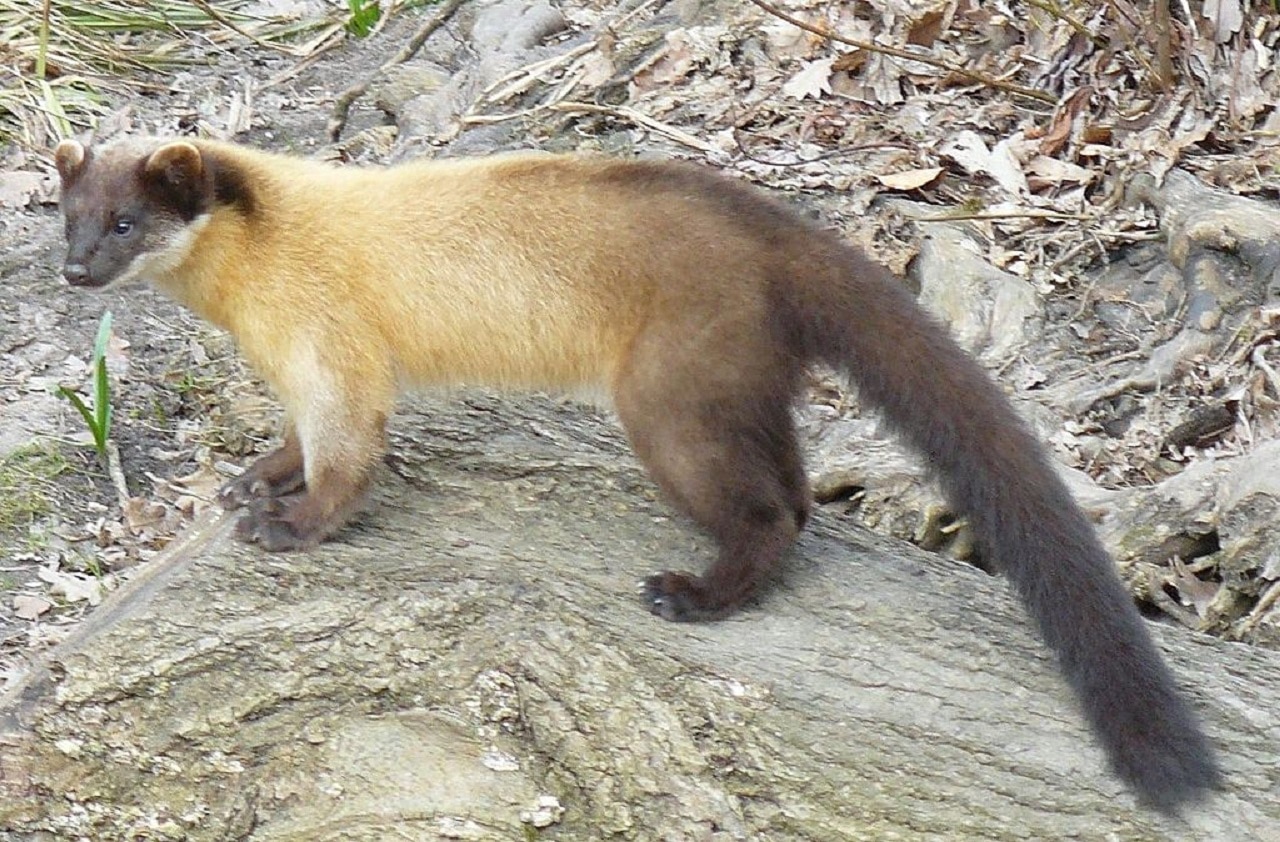
The largest intact areas are along the northern slopes of the Santa Marta. Much of the natural habitat of this ecoregion has been destroyed. Common mammals include white-lipped peccary, Colombian tapir, agouti, paca, and red howler monkey. Restricted range amphibians include the Pristimantis cristinae frog found throughout montane habitats in Colombia and the endemic Pristimantis tayrona, Pristimantis ruthveni, and Walker’s Sierra frogs. Endemics include Santa Marta whitestart, white-tailed starfrontlet, the endangered Santa Marta parakeet and black-backed thornbill, and the critically endangered Santa Marta wren. Birds are common throughout the region, such as keel-billed toucan, black-chested jay, bay-headed tanager, and crested guan. The flowering plant family Melastomataceae has 13 endemics in this ecoregion. Two endemic genera of plants include Castenedia and Kirkbridea. These mountain forests have many endemic species of plants and animals. Image credit: Courtesy of Lizzie Noble/ProAves Colombia The flagship species of the Santa Marta Montane Forests ecoregion is the r ed-crested tree rat. Characteristic species are bastard briziletto, Podocarpus oleifolius, Dictyocarium lamarckianum, and the evergreen bamboo Chusquea tuberculosa. Above this elevation cloud forests with high moisture and frequent fogs dominate, leading to tree species of height between 15–35m. From 900–1,000m the tree and palm species are smaller including Pithecellobium longifolium, Geomoma oxicarpa, and the fruit bearing palm Euterpe precatoria. These moist forests of the northern section contain tall trees reaching 35 m including Panama rubber, American muskwood, avocado, and Poulsenia armata at elevation up to 900 m. Rainfall ranges from 1,000–3,000mm per annum, and is highest along the northern slope. The average temperature ranges from 27☌ at sea level to 6☌ or less along the peak elevations. It is considered a bio-geographic island that is separated from the Andes Range. This montane ecoregion is a characteristic moist forest however, it is unique in that it rises on the mountain massif of Santa Marta above very different habitats of xeric scrub and dry forests.

The Santa Marta Montane Forest ecoregion lies in northern Colombia in the extreme northwest of South America.

Habitat loss, introduced species such as feral cats, and climate change continue to be the primary threats of this and many other range-restricted species in the ecoregion. These elusive, fuzzy, red rodents were last spotted on the railing of an ecolodge in 2011, and despite numerous attempts to find another individual, none have succeeded. This small endemic rodent is nocturnal and arboreal, which makes them difficult to find at night in the treetops of these remote mountains. The critically endangered red-crested tree rat has only ever been seen a handful of times within its restricted distribution within the Santa Marta montane ecoregion.


 0 kommentar(er)
0 kommentar(er)
